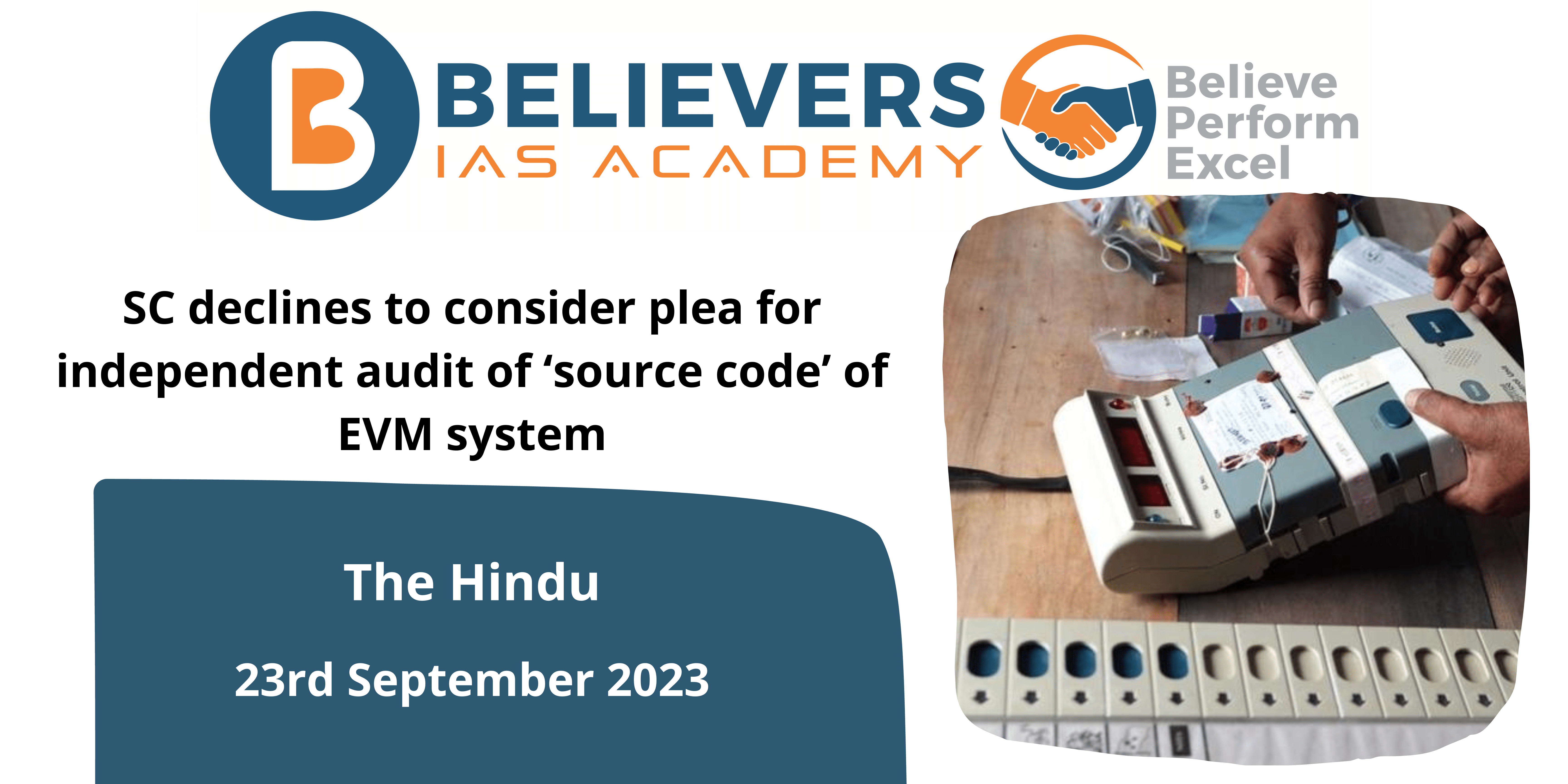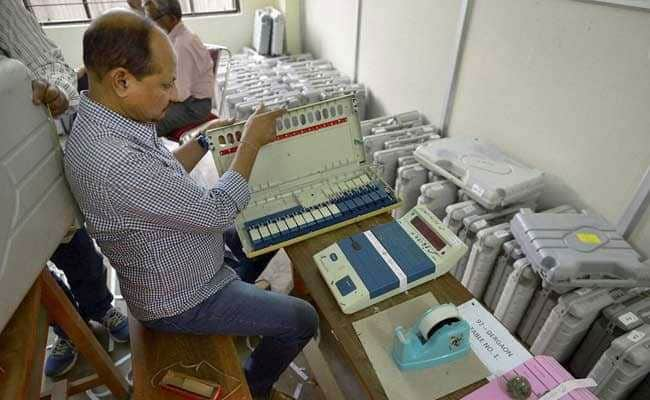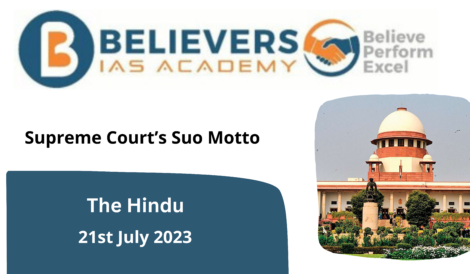SC declines to consider plea for independent audit of ‘source code’ of EVM system
Context
A writ petition requesting an impartial audit of the source code regulating the whole Electronic Voting Machine (EVM) system was denied by the Supreme Court on Friday.
What is the Electronic Voting Machine(EVM)?
- Electronic Voting Machine is referred to as EVM. In India, votes are recorded using EVMs. The names of the candidates and the party insignia are shown on the machines.
- Every candidate that a voter wishes to select is represented by a button. The EVMs are sealed and transported to a secure location after the voting is completed.
- The government-owned Electronics Corporation of India and Bharat Electronics created and tested the EVM system in the 1990s. The EVMs are made to prevent voting after the CLOSE button has been hit.
- The Control Unit and the Balloting Unit are the two components that make up an EVM. A five-meter wire links the Balloting Unit to the Control Unit.
What was the recent petition request related to EVM for?
- Sunil Ahya, an advocate, filed a writ petition to have the source code for the complete electronic voting machine (EVM) system independently audited. The “brain” of the electronic voting machines, according to him, is the source code, thus it needs to be independently audited to assure its integrity.
What is the importance of the EVM source code?
- Fairness and Accuracy: The set of instructions that control how EVMs operate during elections are contained in the source code. It guarantees that votes are correctly tallied and recorded. The fairness and validity of the voting process may be threatened by any bugs or vulnerabilities in the source code that result in inaccurate election results.
- Security: Security is essential to preventing tampering, hacking, or any other type of manipulation that can jeopardize the validity of an election. To guard against unauthorized access and harmful assaults, the source code must be safe.
- Transparency: Establishing public trust in the voting process depends on transparency. Voters should feel secure in the accuracy of the recording and tally of their votes. By enabling independent audits and verification, access to and examination of the source code can aid in ensuring transparency.
- Verification and auditability: To audit and verify the EVMs, the source code is necessary. Independent audits can assist in confirming that the EVMs function as intended and are free of any harmful or covert code that might tamper with election outcomes.
Why did the SC deny the request for examination of the code by a third party?
- The constitutional role of EC: The Supreme Court acknowledged that the Election Commission of India (EC) has been constitutionally tasked with the supervision and regulation of elections throughout the nation. This indicates that the EC is in charge of overseeing and carrying out elections, including the use of EVMs. When it came to issues involving electoral procedures, the court acknowledged the EC’s authority.
- Lack of Evidence of EC Breach: The petitioner, Sunil Ahya, did not offer specific evidence to support his claims that the Election Commission had violated its constitutional obligations or that the EVM source code included problems that required independent review. The court did not identify a compelling basis to interfere in the case without such proof.
- Sensitive Policy Problem: According to the Supreme Court, the request for an independent review of the EVM source code is a “policy issue.” This indicates that it viewed the choice of how to audit the source code and whether or not to make it public as complicated issues about the validity of the electoral process.
- Election Process Integrity: The court agreed that decisions made in connection with the source code audit had a big impact on the fairness of the voting process. The EC, which is in charge of making sure elections are conducted fairly and securely, has the authority to make these decisions, including the selection of audit methods and dissemination of audit results.
How do we improve the relationship between the public and EVM?
- Transparency in the Use of EVMs: Make sure that the EVM deployment is transparent. To increase the public’s trust in the reliability of EVMs, be sure to provide thorough information regarding their production, testing, and transportation.
- Public education initiatives: Organize public awareness campaigns to inform the public about the operation of EVMs, the security precautions implemented, and the efforts taken to avoid tampering. Dispel frequent misunderstandings and worries.
- Unbiased Audits: Allow respectable companies or specialists to independently examine EVMs and their source code. To prove the machines’ accuracy and security, publish the audits’ findings.
- Open-Source Software: Think about opening out the source code for EVMs or allowing controlled public access. This can increase transparency and make it possible for specialists to check the code for weaknesses.
- Audit Trails on Paper (VVPAT): Use EVMs in conjunction with voter-verifiable paper audit trails (VVPATs). Voters can confirm their selections on a paper printout using VVPATs, adding another level of transparency and confidence.
- Mock Elections: `Set up mock elections and EVM shows so that the public and media may see how the devices operate. This can clarify the technology’s workings and demonstrate its dependability.





